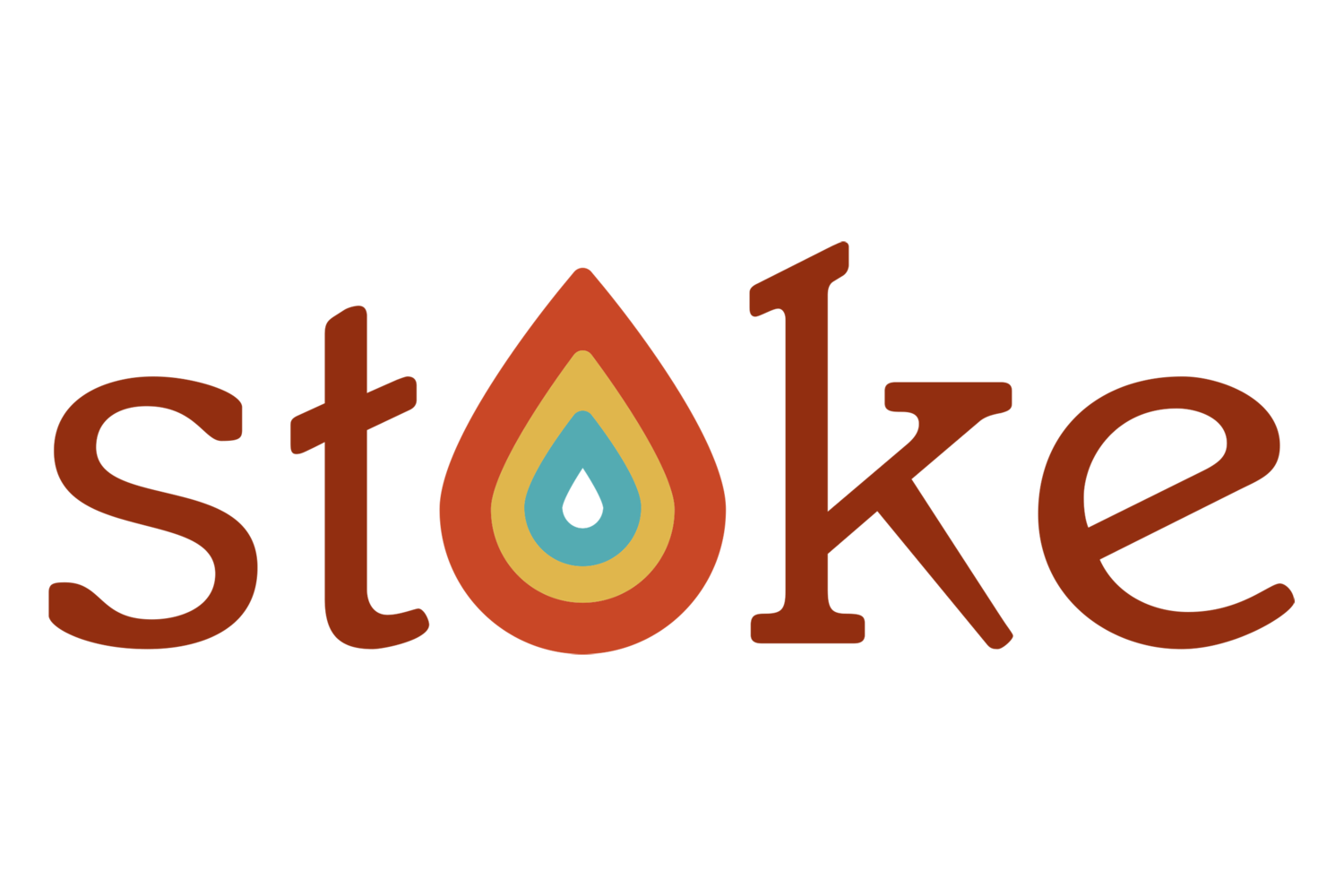Originally published December 2019, updated January 2021
Did you miss “Brand From Scratch” with Simon Trask, Stoke’s December Lunch + Learn? You can read a summary of his talk in this blog recap of the key takeaways.
Simon Trask is an experienced small business guide, graphic designer, and branding master. Simon engaged the audience by inquiring about their work and branding knowledge and and discussed examples of brands that are memorable and remarkable and have the power to surprise and delight their customers and clients.
To start off the Lunch + Learn, Simon asked attendees what Texas reminds them of, receiving responses that ranged from “longhorns” to “Everything’s bigger in Texas” and symbols that come to mind, like the shape of our fine state that often serves as a logo.
This exercise primed the conversation and exemplified Simon’s approach to discussing the concepts behind branding and the components essential to developing your brand.
Brand Purpose
Articulating your brand purpose can take months, and for good reason. Having worked with hundreds of small businesses, Simon described the lengthy process and depth of thought that needs to go into translating one’s mission, vision, values, and brand statement from the ideas that one has about their business and what they offer.
Using Apple as an example, Simon’s advice for a memorable, get-on-board-with-us mission statement is that it is compelling enough to make you want to be a part of what that company does:
“To make a contribution to the world by making tools for the mind that advance humankind”
-Apple’s mission statement
Brand Story
In addition to brand purpose, at every step of the way, you need to consider the hero of the story, which isn’t you, it’s the person you’re trying to reach. Juxtaposing the brand story with the familiar archetypal story framework and drawing from Donald Miller’s Building a Story Brand (linked), Simon talked about how to make your prospective customer the focal point of your brand story: think of them as the hero; your product or service helps resolve the conflict; your brand is the guide; and the plan is your call-to-action.
Value Proposition
Creating a brand from scratch takes deep reflection on the reasoning behind the product or service you’re offering and accurately describing your value proposition (the features, benefits, promise, and call-to-action of your product or service) to your target audience to genuinely represent your business and convey how you can solve a pain point or problem for them.
Thinking critically about your brand purpose, brand story, and value proposition contributes to creating a strong brand strategy, which will help make all of the touch-points at which potential consumers meet your brand cohesively work together. Touch-points should engage the senses and remain consistent across the board to truly represent your brand.
Comparing your experience when you cross the threshold into Walmart versus Target, Simon talked about how each touchpoint for these brands is intentional. What you see, hear, and smell when you enter Walmart or Target is purposeful. Imagine the atmosphere at each.
Are you more inclined to go to one or the other? Remember that how you handle your touch-points differentiates you from your competitors and contributes to how your customers remember your brand, be that positively or negatively.
Stay Curious
Signing off with the reminder to stay curious, Simon recommended a few readings to continue learning about branding (links below):
Branding For Dummies (Don’t knock it ‘til you try it! It’s written by experts and it’s like taking a class on branding!)
You can learn more about Simon Trask and see his work here (linked).
Follow us on Facebook, Instagram, Twitter, and LinkedIn to hear about our events. You can also check out our Events page on our website, as we update it frequently.


